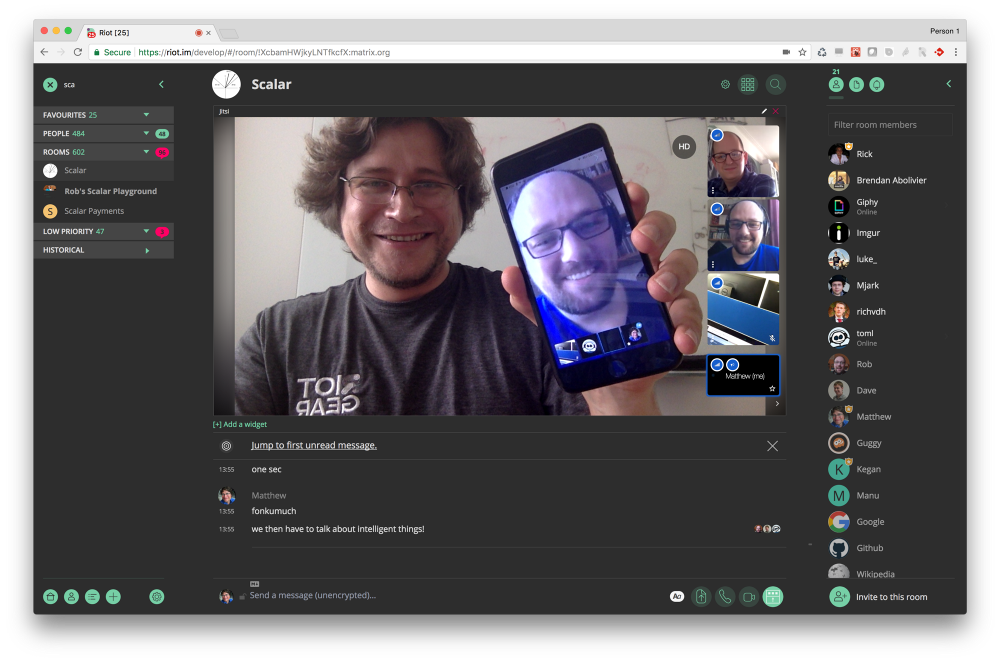For those of us, the fortunate ones in the western world, the pandemic propelled us online in a major way in order to maintain some level of livelihood and connection.
Whether over Teams or Zoom, Jitsi or BlueJeans, our touches become imprints of bits and bytes over the wire.
For many of us in the tech workforce, the video work meetings were nothing new even when we worked in physical offices, It was the everything else beside work that was eerie — familiar but not. From church to school to therapy to educational seminars, it all started to map uncomfortably onto each other and in some ways become too much.
Though there are at this point lots of articles about videocall burnout, little of them point to what’s been gained in terms of connection and accessibility to various populations as well as where we need the technology to go next. How do we squarely and fairly think about this move to port all of our previous fleshspace contacts to digital space? And how do those of us who are radicals connect it to a longer radical history of meeting spaces, meeting practice, and our evolving political and social praxis?
What follows are a few questions to chew on with your people.

- What are the origins and meanings of the fleshspace spaces we already inhabited? What are we/ have we been saying intentionally and unintentionally with the spaces we create?
- What were the flaws and benefits of the fleshspace spaces we already inhabited?

3. What positives did we carry over from those spaces into digital space?
4. What flaws did we simply port over into digital space?


5. What does digital space offer beyond fleshspace?
6. What are the narratives, guidelines, and ceremony — both conscious and unconscious— of our current spaces?

Things To Read
Anarchism, Geography, and Queer Space-Making: Building Bridges Over Chasms We Create by Farhang Rouhani
(download here)
Haudenosaunee narrative, constitution, and ceremony
https://en.wikipedia.org/wiki/Great_Law_of_Peace#Narrative,_constitution,_and_ceremony
What Is Candomblé? Beliefs and History
https://www.learnreligions.com/candomble-4692500
Worship takes place in temples which have indoor and outdoor spaces as well as special spaces for the gods. Prior to entering, worshippers must wear clean clothes and ritually wash. While worshippers may come to the temple to have their fortunes told, to share a meal, or for other reasons, they typically go for ritual worship services.
The worship service starts with a period during which priests and initiates prepare for the event. Preparation includes washing costumes, decorating the temple in the colors of the Orixa to be honored, preparing food, conducting divinations, and (in some cases) making animal sacrifices to the Orixas.
